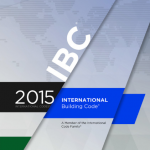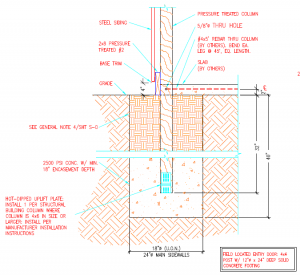Sloppy Construction or a Structural Integrity Issue?
Reader BRISHA in EARLY BRANCH writes:
“This is a barndo that will be our home. Is it acceptable to have metal trusses not come completely together (see pic)? Also, multiple (MANY) screws in the wood that trusses connected to are in at an angle? Is this just sloppy construction or is this a structural integrity issue?”









My objection to steel trusses is they seemingly rarely follow “the rules”. By rules, I mean the Building Codes. Building Codes specify truss quality assurance. IBC (International Building Code) requirements for steel trusses:

Rarely do light gauge welded up steel trusses meet requirements for third-party quality control.
From your photos, my best guess is your gaps at center are from poor workmanship, not from a manufacturing defect. Your contractor should provide engineer sealed drawings as to adequacy of his or her field assembly. Personally, I would find these gaps to be aesthetically (if not structurally) unacceptable.
Moving forward to screw connections between steel truss clips and wood roof purlins. Besides issues of screws being driven in at an extreme angle, I was greatly surprised to see steel roofing/siding screws being used in this application, rather than actual structural screws such as those manufactured by Simpson Strongtie. You will want to review your building’s engineer sealed drawings to verify what connectors are specified.
This very well could be both a sloppy connection and a structural integrity issue. Your builder may need to hire a Registered Professional Engineer to do a site inspection and either approve as installed, or provide an engineered repair. Your attorney may require this as well.

 2015 IBC (International Building Code) ventilation requirements may be accessed here:
2015 IBC (International Building Code) ventilation requirements may be accessed here:  DEAR POLE BARN GURU:
DEAR POLE BARN GURU: 





